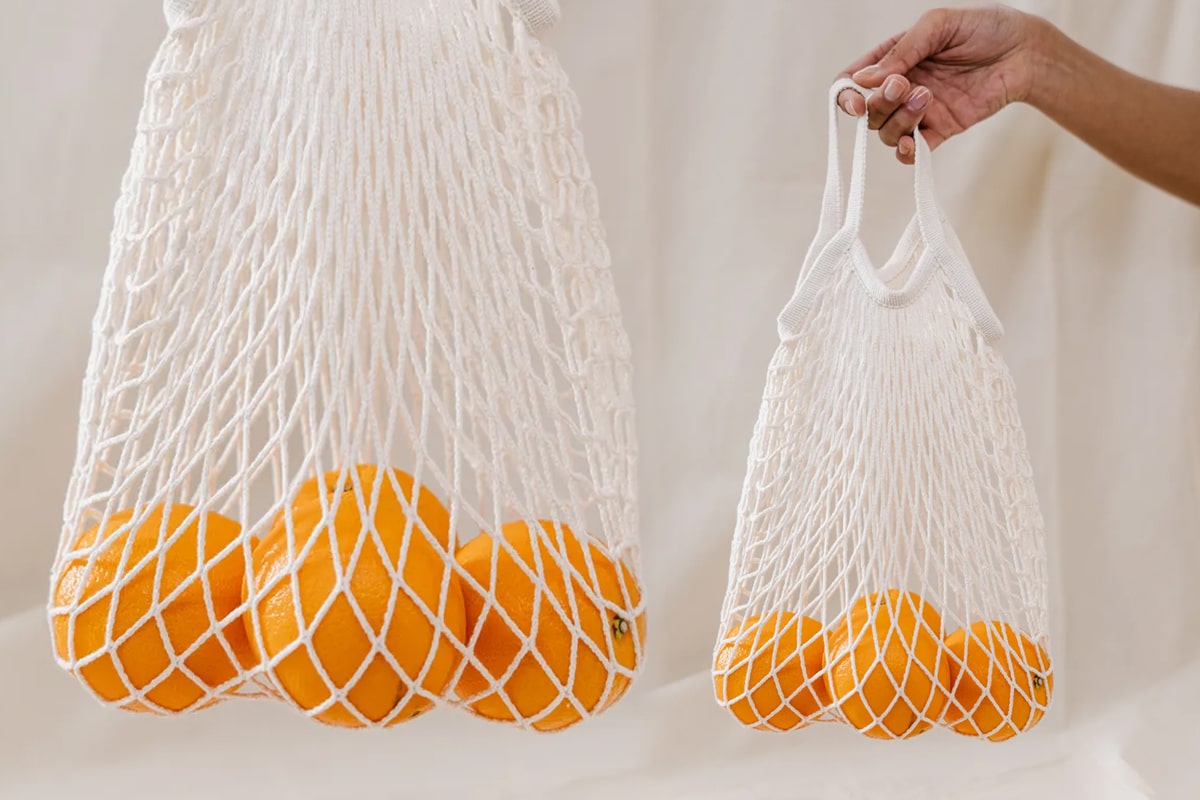- Reclaimed Wood: Utilizing salvaged wood from old buildings or furniture reduces the demand for new timber and preserves natural forests. Reclaimed wood offers a rustic, vintage look and is highly durable.
- Linoleum: Made from natural materials such as linseed oil, cork dust, wood flour, and jute backing, linoleum is biodegradable and long-lasting. It is available in a wide range of colors and patterns.
- Recycled Tile: Tiles made from recycled glass, ceramic, or other materials help reduce waste and promote recycling efforts. They are durable and suitable for various applications.
- Reduced environmental impact due to sustainable sourcing and manufacturing processes.
- Improved indoor air quality by avoiding volatile organic compounds (VOCs) and toxic chemicals.
- Enhanced durability and longevity, leading to lower replacement and maintenance costs.
- Energy efficiency through better insulation properties of certain materials like cork and rubber.
In recent years, there has been a significant shift towards sustainable and environmentally friendly building materials, especially in the realm of flooring. Homeowners, designers, and builders are increasingly seeking options that not only enhance aesthetic appeal but also minimize environmental impact. Among these, bamboo, cork, and other eco-friendly flooring materials have gained prominence due to their renewability, durability, and unique characteristics.
Introduction to Eco-Friendly Flooring
Green flooring options are increasingly popular among homeowners and businesses seeking sustainable and environmentally responsible building materials. These options not only reduce the ecological footprint but also contribute to healthier indoor environments.
Bamboo Flooring

Bamboo is often regarded as a highly sustainable flooring option because it is technically a grass that grows rapidly, reaching maturity in approximately three to five years. This rapid growth rate allows for frequent harvesting without depleting the resource, making bamboo a renewable material. Additionally, bamboo flooring is known for its strength and durability, comparable to traditional hardwoods like oak or maple.
There are different types of bamboo flooring, including solid bamboo, engineered bamboo, and strand-woven bamboo. Strand-woven bamboo, in particular, is highly durable and resistant to scratches and dents, making it suitable for high-traffic areas. Its aesthetic appeal varies from natural, light tones to darker, carbonized finishes, providing versatility in interior design.
Cork Flooring

Cork is another excellent eco-friendly flooring material derived from the bark of the cork oak tree. The harvesting process involves stripping the bark without harming the tree, allowing it to regenerate and be harvested again every nine years. Cork flooring is appreciated for its natural insulation properties, both thermal and acoustic, which contribute to energy efficiency and noise reduction within spaces.
In addition to its environmental benefits, cork is soft underfoot, providing comfort and cushioning, which is beneficial in residential settings and commercial spaces like gyms or offices. Its resistance to mold, mildew, and pests further enhances its suitability for various environments. Cork flooring is available in tiles and planks, with a variety of colors and finishes to match different interior styles.
Beyond Bamboo and Cork: Other Green Flooring Options
While bamboo and cork are among the most popular sustainable flooring choices, several other environmentally friendly options are worth considering:
Benefits of Green Flooring
Choosing green flooring options offers numerous benefits, including:
Considerations When Choosing Green Flooring
When selecting eco-friendly flooring options, it is essential to consider factors such as the source of the material, manufacturing processes, durability, maintenance requirements, and indoor air quality. Certifications like LEED, FSC, and GreenGuard can help identify genuinely sustainable products. Proper installation and maintenance also play a crucial role in maximizing the lifespan and environmental benefits of green flooring.
In conclusion, sustainable flooring options like bamboo, cork, and other eco-friendly materials offer a compelling combination of environmental responsibility, aesthetic appeal, and functional performance. As awareness of environmental issues continues to grow, these options are likely to become standard choices in sustainable building and renovation projects, contributing to healthier indoor environments and a more sustainable future.





